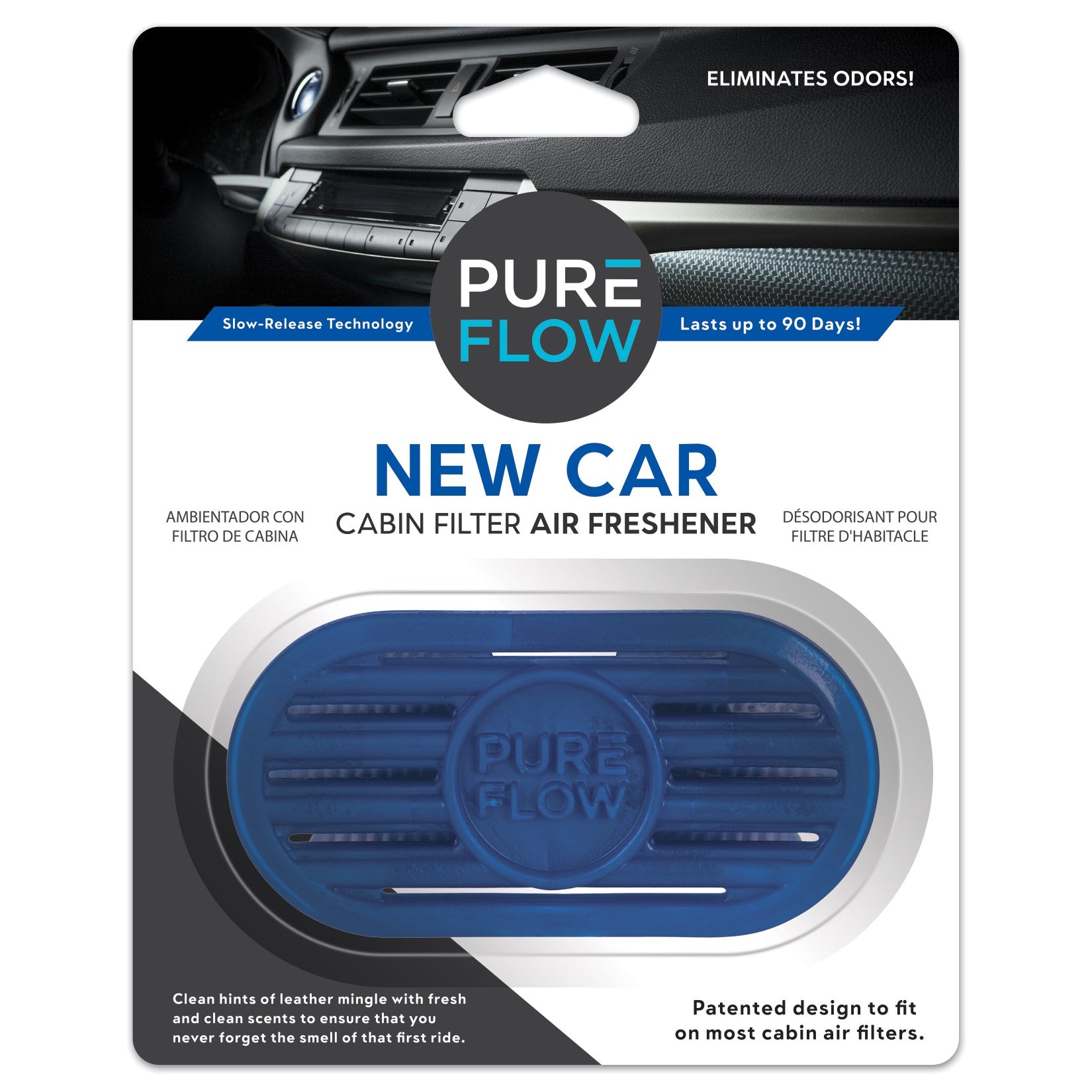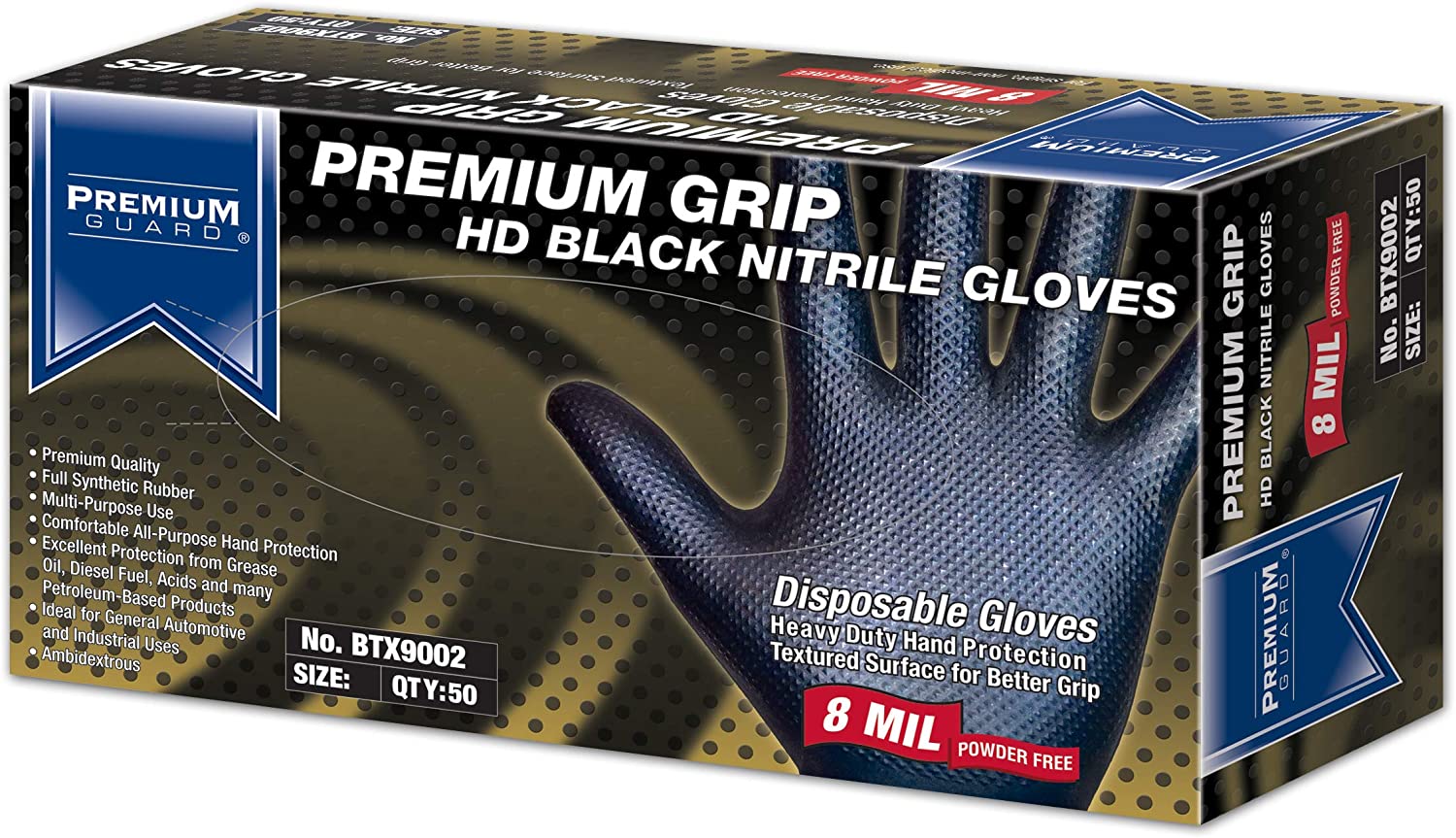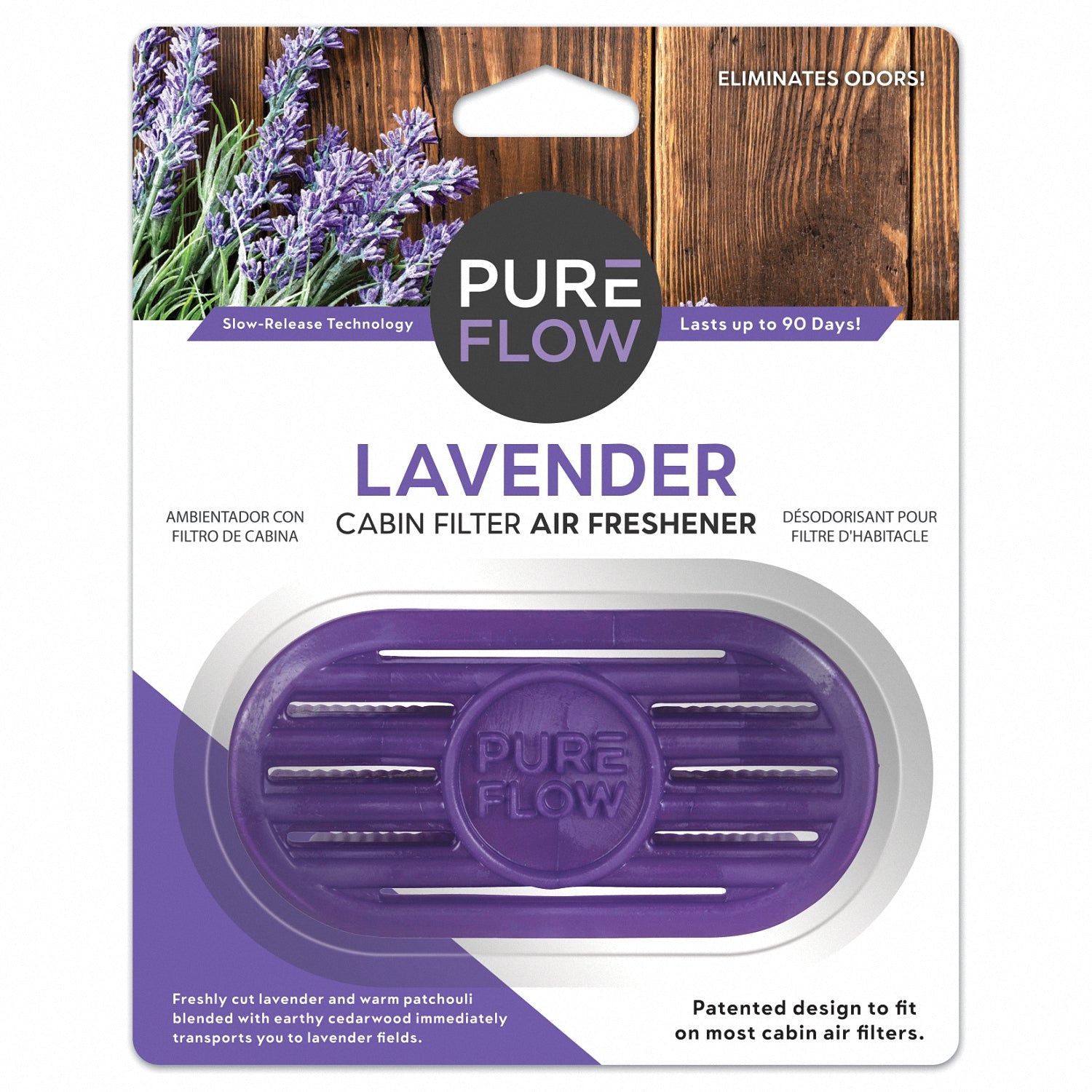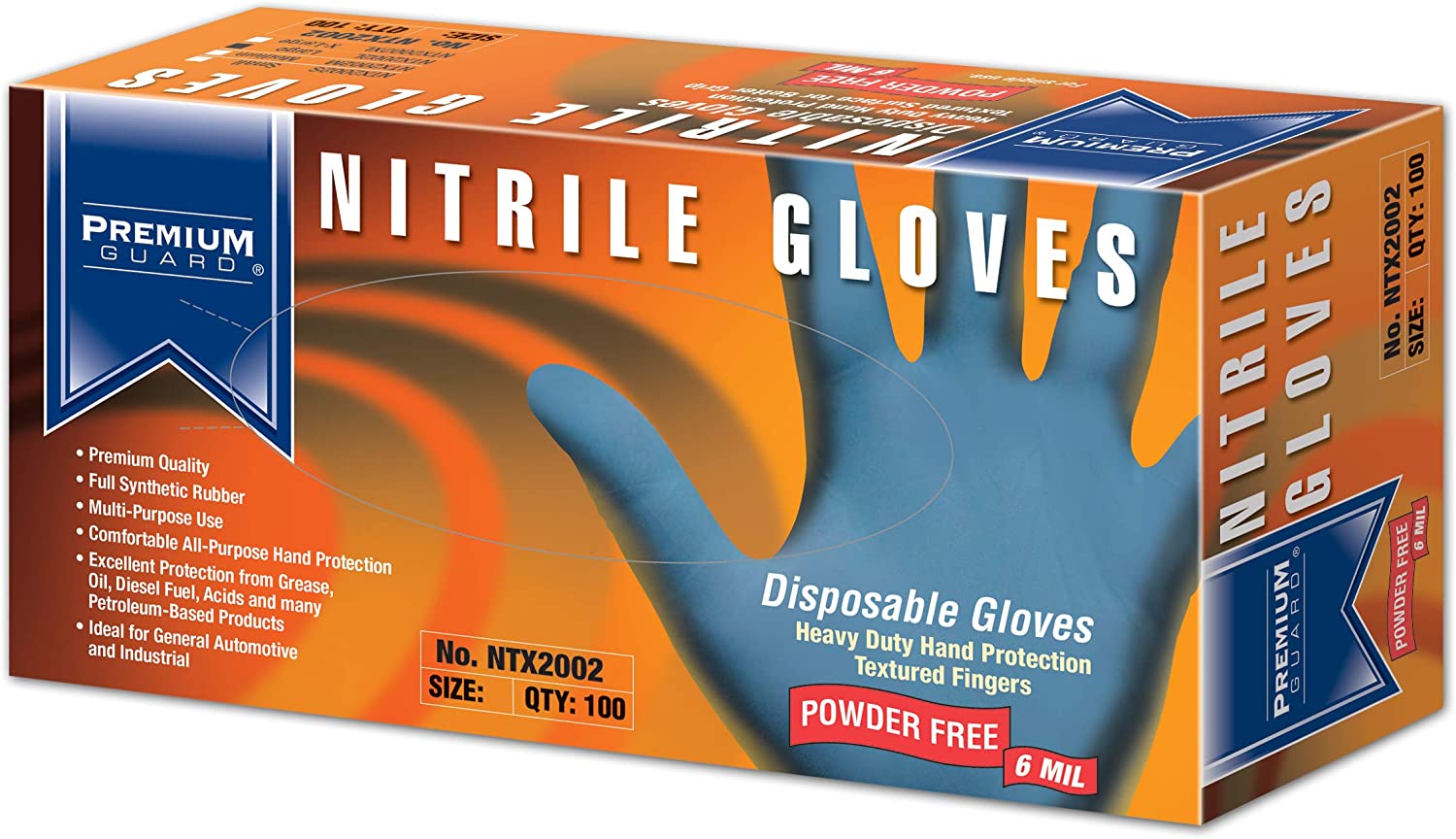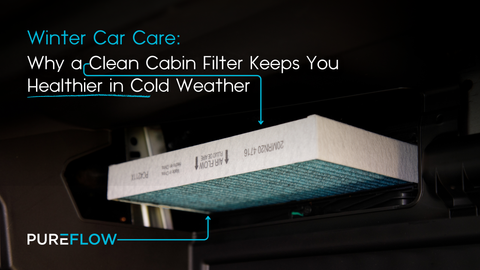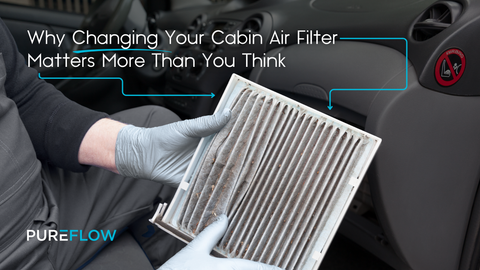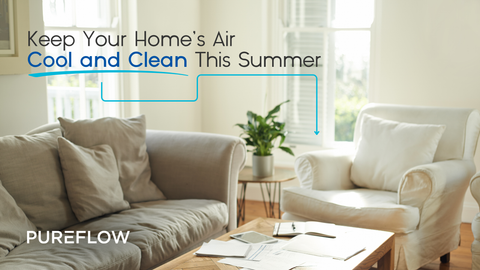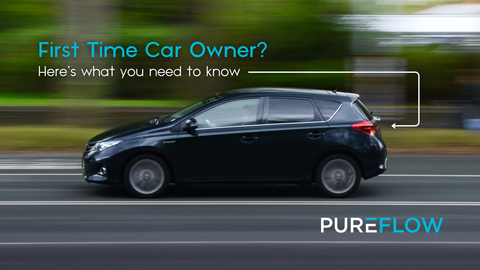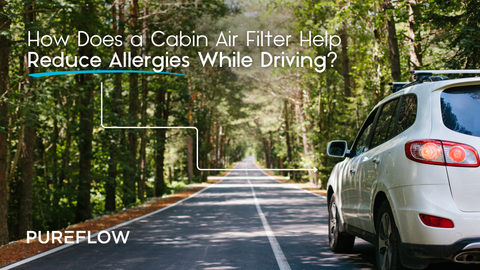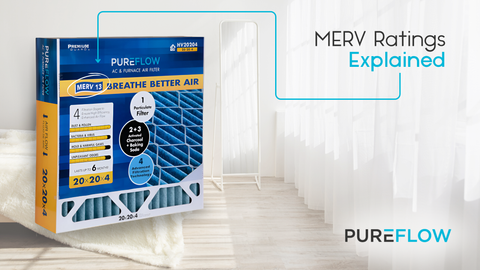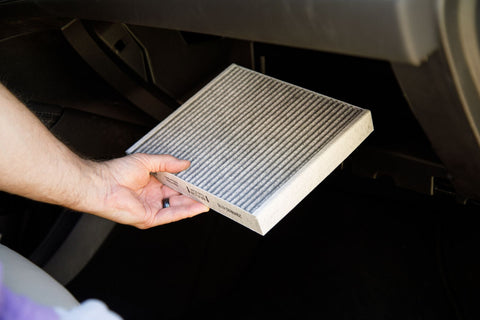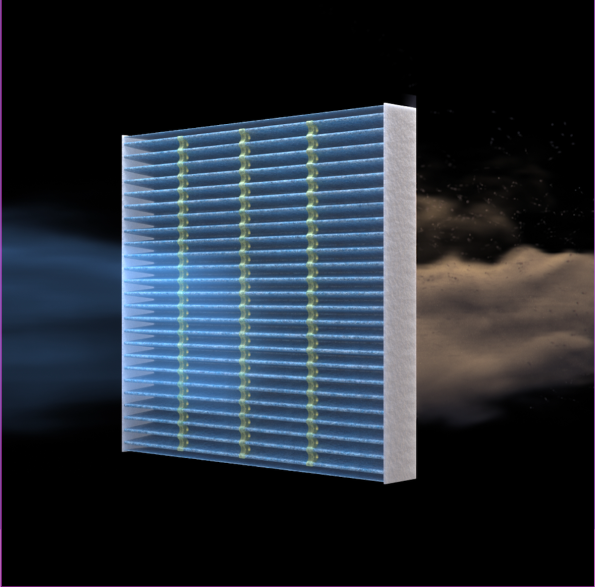We tend to assume the air we breathe in our cars is simply coming in through an interior vent or through the windows when they are rolled down. However, it’s far more complicated than that, and it’s for good reason. Think about how much pollution would come into your car if it was simply unfiltered outside air coming in through the interior vents.
In traffic, it would be like sitting in an exhaust chamber… and that’s not nice. So how does cabin air filtration in cars work?
That’s exactly what we’re going to answer today.
How the air reaches the cabin air filter?
Air is constantly flowing around the car even when it is stationary. There is a vent in the hood of the car right behind the engine that is designed to take air into your car’s cooling system. This vent is protected by a barrier and is placed in an area under the windscreen where the air pressure is high. This helps keep the air coming into the system fresh at all times.

Into the Heater Box
Once the air has entered the car it heads to the heater box which contains all major components of the air conditioning or climate control system. The heater box includes your car’s cabin air filter that is designed to filter out all physical contaminants such as dust, pollen, and other particulate matter (as standard).
But what about dangerous gases?
This is where advanced air filtration systems such as the PUREFLOW® High Efficiency Particulate Cabin Air Filter comes into play. This type of cabin filter is designed to have multiple stages of air filtration. Each stage plays a role in removing something harmful from the air before it enters your cabin.
The first stage is designed to trap particulate matter. The second & third stages are where modern-day technology and innovation really comes into play. The second and third filters have activated charcoal that are designed to trap carbon dioxide, sulfur dioxide and other dangerous gases.
In addition, these layers even have baking soda to absorb odors being generated by mold and smoke. The final layer acts as a barrier and is tasked with preventing mold from entering the cabin.
Advanced car cabin filter such as PUREFLOW HEPA filters even have anti-microbial technology that prevents growth of mold, fungus and other micro-organisms you don’t want in your ac vents.

So, if you’ve ever wondered why it is recommended to change your car’s cabin filter every 15,000 miles… now you know. Cabin filters are constantly working to trap gases, which means they end up trapping a lot and eventually get clogged. This is when you’d start to notice a drop in your HVAC systems performance.
Now that the air is safe, where does it go?
Once the air has been filtered out completely, it moves into the blower motor. This dictates how much air is coming into the cabin. This is what lets you adjust your fan speed. The blower motor then sends the air through to the heat exchanger where refrigerant gas is used to cool the air. A flap then pushes the air towards the vents leading out into the cabin. However, if you’ve selected hot air through your climate control, the air is instead pushed through to another heat exchanger that is designed to heat your air instead of cool it. After the air is heated, it’s pushed out by flaps into the cabin through the vents you see on the dashboard.

Nowadays, you can even get cabin filter air freshener that can diffuse an aroma of your choice into the car. This helps improve the cabin atmosphere and may help elevate your mood when you’re stuck in traffic on your way to work.
So, the next time you’re looking to change your cabin air filter, consider getting one with enough filtration to keep out the sheer number of contaminants hanging around in city air. Visit www.pureflowair.com to find cabin air filters for all makes and models including the Tesla model range.




